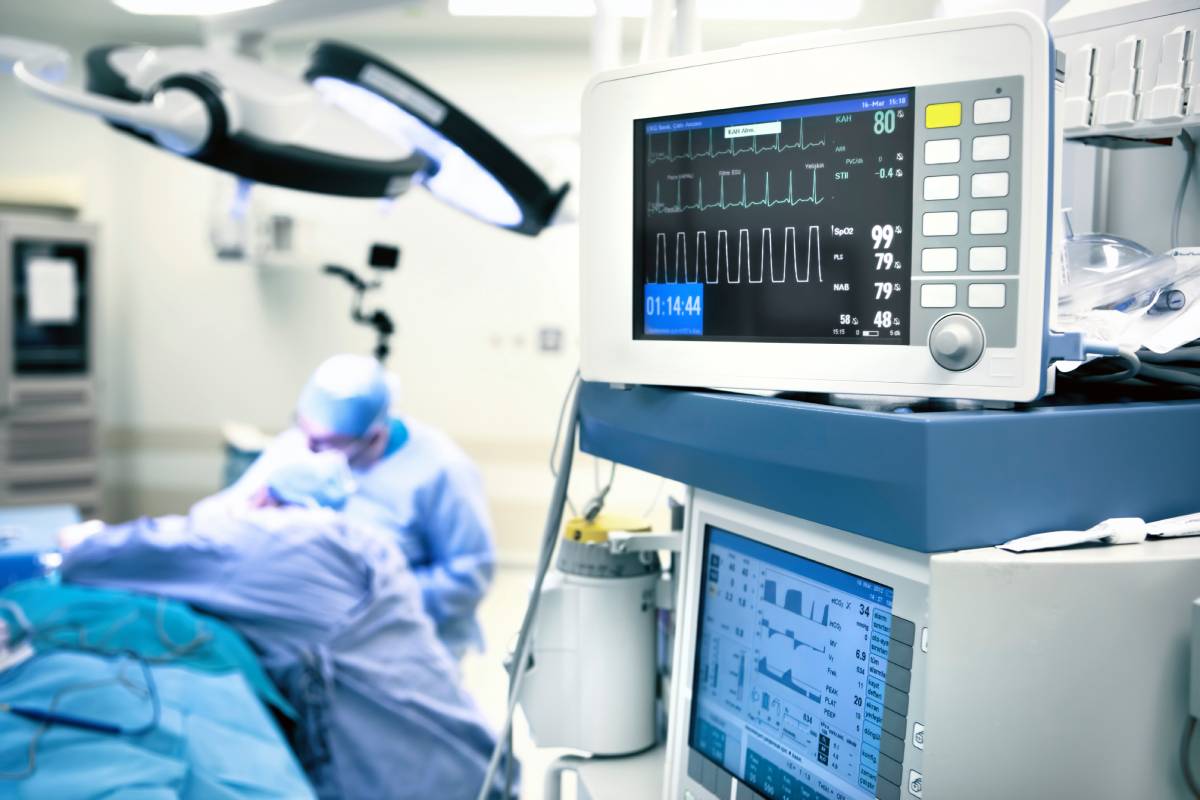
After surgery, the process of recovery is a continuous process that begins as the patient emerges from anesthesia and concludes when they have regained their preoperative physiological and functional state. Early recovery stages involve the period during which patients emerge from anesthesia, regain control of protective reflexes, and resume initial motor activity. Subsequently, in the second stage of recovery, patients ambulate, consume fluids, void, and prepare for discharge. Ultimately, patients are discharged to continue recovery at home until they resume normal activities of daily living. The duration of recovery varies, influenced by factors such as the surgery type, complications during the procedure, patient comorbidities, postoperative complications, and safe-discharge planning, and as a result, discharge time can range from hours to days or even weeks after surgery.
Ambulatory surgery is defined as any operative procedure not requiring an overnight hospital stay. In contrast, inpatient surgery is where patients stay overnight or for multiple nights following the procedure. The trend towards shorter hospital stays has grown, and enhanced recovery after surgery pathways have become standard practice for most surgical procedures in many facilities. Outpatient surgical procedures have evolved significantly, with increasingly complex surgeries, including hip, knee, and shoulder arthroplasty, transitioning from traditional in-hospital care to short-stay or day-case procedures. Overall, many procedures are seeing decreased time to discharge after surgery.
It is the responsibility of the physician to ensure that a patient is sufficiently recovered to leave the hospital or surgical center, under the appropriate care of a relative or caregiver. Premature discharge can cause harm due to residual psychomotor impairment and may result in legal consequences. Therefore, patients remain hospitalized until they meet specific discharge criteria, often assessed using established frameworks such as the post-anesthesia discharge score (PADS) developed by Chung and colleagues. PADS is a cumulative index evaluating vital signs, ambulation, pain, postoperative nausea and vomiting, and surgical bleeding.
As surgical techniques and enhanced recovery pathways advance, more complex surgeries are now being performed as same-day surgery as the time to discharge after has dropped enough. Total hip arthroplasty and total knee arthroplasty, traditionally associated with inpatient stays, are now often performed on an outpatient basis due to innovations like minimally invasive approaches, tranexamic acid use, and multimodal and pre-emptive analgesia. Selection criteria for same-day surgery include individuals under 80 years without preoperative bleeding disorders, cirrhosis, clinically significant cardiac disease, or end-stage renal disease. Recent studies, such as one by Bodrogi et al., indicate that appropriately selected patients experience similar adverse event rates and functional outcomes as inpatient-protocol arthroplasty, with high patient satisfaction and cost-effectiveness.
In conclusion, recovery is an ongoing process initiated post-surgery and persists until patients return to their physiological baseline. Discharge time after the procedure varies based on surgery type and recovery duration, ranging from same-day discharge to longer hospital stays. With continuous improvements in surgical techniques, an increasing number of surgeries will become feasible as same-day procedures, emphasizing the importance of careful patient selection and comprehensive perioperative care.
References
- Bodrogi A, Dervin GF, Beaulé PE. Management of patients undergoing same-day discharge primary total hip and knee arthroplasty. CMAJ. 2020 Jan 13;192(2):E34-E39. doi: 10.1503/cmaj.190182. PMID: 31932338; PMCID: PMC6957327.
- Pang G, Kwong M, Schlachta CM, Alkhamesi NA, Hawel JD, Elnahas AI. Safety of Same-day Discharge in High-risk Patients Undergoing Ambulatory General Surgery. J Surg Res. 2021 Jul;263:71-77. doi: 10.1016/j.jss.2021.01.024. Epub 2021 Feb 24. PMID: 33639372.
- Lee L, McLemore E, Rashidi L. Same-Day Discharge After Minimally Invasive Colectomy. JAMA Surg. 2022;157(11):1059–1060. doi:10.1001/jamasurg.2022.4123.
- Marshall SI, Chung F. Discharge Criteria and Complications After Ambulatory Surgery. Anesth Analg. 1999 Mar;88(3):508-517.
- Jakobsson J. Recovery and discharge criteria after ambulatory anesthesia: can we improve them?. Curr Opin Anaesthesiol. 2019;32(6):698-702. doi: 10.1097/ACO.0000000000000784.

